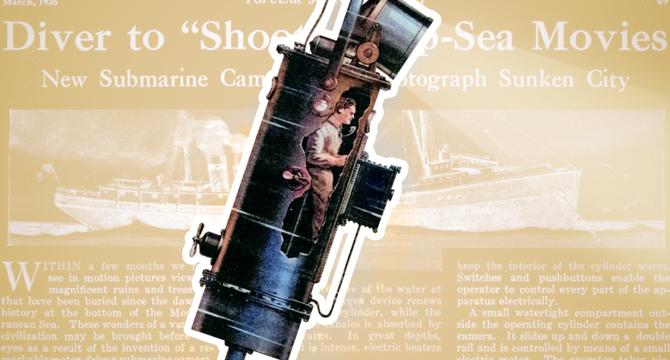Popsci
1M
18

Image Credit: Popsci
From Tin Cans to AI: How a century of deep-sea filmmaking revolutionized ocean exploration
- In 1917, civil engineer Hans Hartman pioneered deep-sea filmmaking with a 1,500-pound submarine camera.
- Hartman's advancements led to innovations like a cylindrical camera apparatus for underwater missions.
- His contributions laid the foundation for today's AI-powered autonomous submersibles.
- Technological progress in motion pictures and ocean exploration fueled the need for underwater filming capabilities.
- Jacques Cousteau's inventions, like the Aqualung, revolutionized deep-sea exploration in the 20th century.
- Filmmakers continued to dive deeper, capturing iconic images like the Titanic wreck using ROVs.
- James Cameron's expeditions to the Titanic site with innovative ROVs produced detailed footage.
- Today, AI-driven autonomous submersibles conduct unmanned deep-sea missions for filmmaking and research.
- BBC's documentaries like Blue Planet set new standards for underwater cinematography.
- Innovators like David Gruber use biofluorescent imaging to uncover marine species secrets.
Read Full Article
1 Like
For uninterrupted reading, download the app